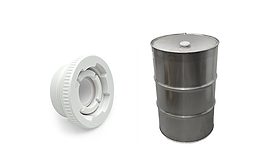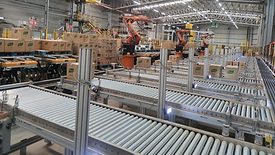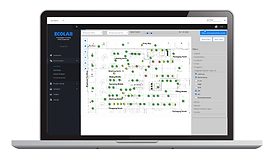Home » quality control
Articles Tagged with ''quality control''
Vision/Inspection/Detection
Minebea Intec Introduces X-ray Inspection System
June 21, 2023
Food Giant 'Expedites' Quality Control Upgrade
New labeling equipment and connecting to its SCADA platform add critical data monitoring to packaging lines, avoiding recalls and reputational harm.
June 14, 2023
AI: Behind-the-Scene Partner in Process Applications
Rather than apply AI/ML in one big fell swoop, why not choose applications that use AI to make them more efficient and build from there?
June 7, 2023
Quality Control
Food Contaminant Screening: Does Your Quality Control Process Cut The Mustard?
January 27, 2023
Elevate your expertise in food engineering with unparalleled insights and connections.
Get the latest industry updates tailored your way.
JOIN TODAY!Copyright ©2024. All Rights Reserved BNP Media.
Design, CMS, Hosting & Web Development :: ePublishing






-Minebea-Intec_Dypipe.jpg?height=168&t=1687364252&width=275)






